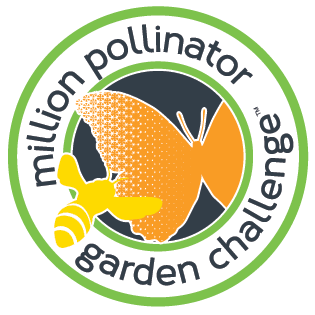Information
Join us for tips, helps, questions and answers about the gardening world. Monitored by a Certified Master Gardener but wisdom is shared by ALL.
Members: 43
Latest Activity: Nov 26, 2023
Gardener's Corner
GREETINGS MEMBERS, GUESTS AND VISITORS.
Chief Walks In Shadows is a Florida State Master Gardener.
He will post information that he feels will benefit everyone as a whole. But basically this will be a question and answer group.
IF A GROUP MEMBER KNOWS THE ANSWER TO ANY QUESTION PLEASE FEEL FREE TO ANSWER.
Chief Walks will answer all questions asked to him directly. He has over 40 years of experience. And a sizable personal research library.
We are here to meet ALL of your gardening questions and/or related subjects.
FYI:
If an article, or post to the 'Comment Wall',
is larger than 4000 characters long
it will have to be created as a page.
See 'Pages' to the right. ----->
LIVE GREEN. PROTECT OUR MOTHER EARTH AND OUR HUMAN FAMILY.
The USDA Hardiness Zone Map divides North America into 11 separate zones; each zone is 10°F warmer (or colder) in an average winter than the adjacent zone. If you see a hardiness zone in a catalog or plant description, chances are it refers to the USDA map. To find your USDA Hardiness Zone or use the map below.
Comment Wall
Comment
-
Comment by Chief Walks on August 3, 2019 at 10:56am
-
After a hearing a passionate debate among a panel of international scientists over which endangered species is the most important, the audience voted bees.
The annual debate sponsored by Earthwatch took place at the Royal Geographical Society in London.
The audience was asked if they had a trillion dollars to spend on the conservation of a single endangered species, which would it be.
Five scientists made the cases for five different endangered species, making arguments for why each is invaluable and irreplaceable cornerstones of various ecosystems.
The species were bees, fungi, plankton, primates, and bats.
While all are essential to keeping their respective ecosystems from collapsing, the potential extinction of bees was voted to be the most disastrous.
Without fungi, most terrestrial plants on earth would die, as mycelium transports nutrients from the soil to the plants' roots.
Plankton is the basis of the entire food web in the ocean.
Without bats crops like bananas, mangoes, dates, and tequila would fail. They also save millions of dollars on pesticides by consuming so many insects.
Non-human primates are a keystone species in maintains tropical and subtropical forests.
Still, bees were voted the most vital.
”Bees are irreplaceable — their loss would be catastrophic,” Dr. George McGavin of the Oxford University Museum of Natural History told The Guardian.
70 percent of crop species eaten by humans depend on pollination by bees.
“The partnership between flowering plants and pollinating insects, especially bees, is one of the most widespread and significant symbiotic interactions on Earth, The Guardian reports. “This 100-million-year-old collaboration has spawned a rich diversity of species and promoted the rise to dominance of humans.”
But it’s not just humans that would suffer. Birds and small mammals feed off the berries and seeds that rely on bee pollination.
”They would die of hunger and in turn, their predators – the omnivores or carnivores that continue the food chain would also starve,” says Allison Benjamin, author of A World Without Bees.
Benjamin blames industrial farming “with its monocultures and pesticides has destroyed biodiversity and robbed the majority of bees of their habitat.”
-
Comment by Chief Walks on August 3, 2019 at 10:21am
-
Comment by Chief Walks on August 3, 2019 at 10:19am
-
Comment by Chief Walks on August 3, 2019 at 10:16am
-
Comment by Chief Walks on August 3, 2019 at 10:14am
-
Comment by Chief Walks on August 3, 2019 at 10:11am
-
Comment by Chief Walks on August 3, 2019 at 10:11am
-
Comment by Chief Walks on August 3, 2019 at 10:10am
-
Comment by Chief Walks on July 29, 2019 at 7:32am
-
Comment by Chief Walks on July 29, 2019 at 7:26am
Pages (186)
- HARVESTING TIPS
- Three Sisters
- Growing Vegetables Through the Seasons With Succession Planting
- Growing White Sage
- How Much Should You Plant In A Year?
- Starting an Organic Garden
- Gardening with kids.
- How to Grow The Top 10 Most Nutritious Vegetables in Your Garden
- Don’t Wait! Plan Your Garden Now!
- The chicken for the small garden farm.
© 2025 Created by LadyHawkღ.
Powered by
![]()

You need to be a member of Gardener's Corner to add comments!